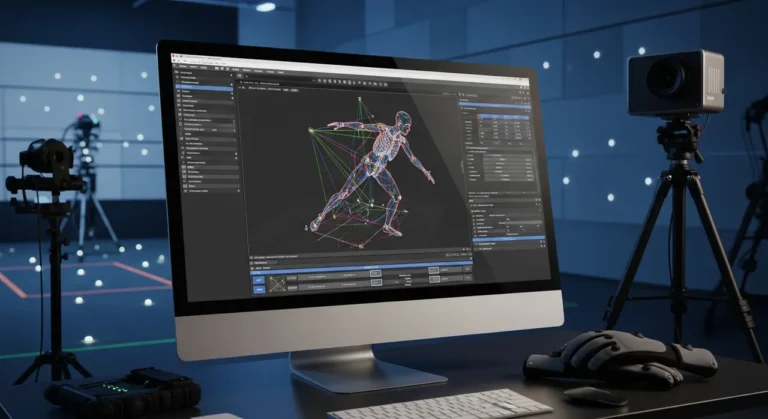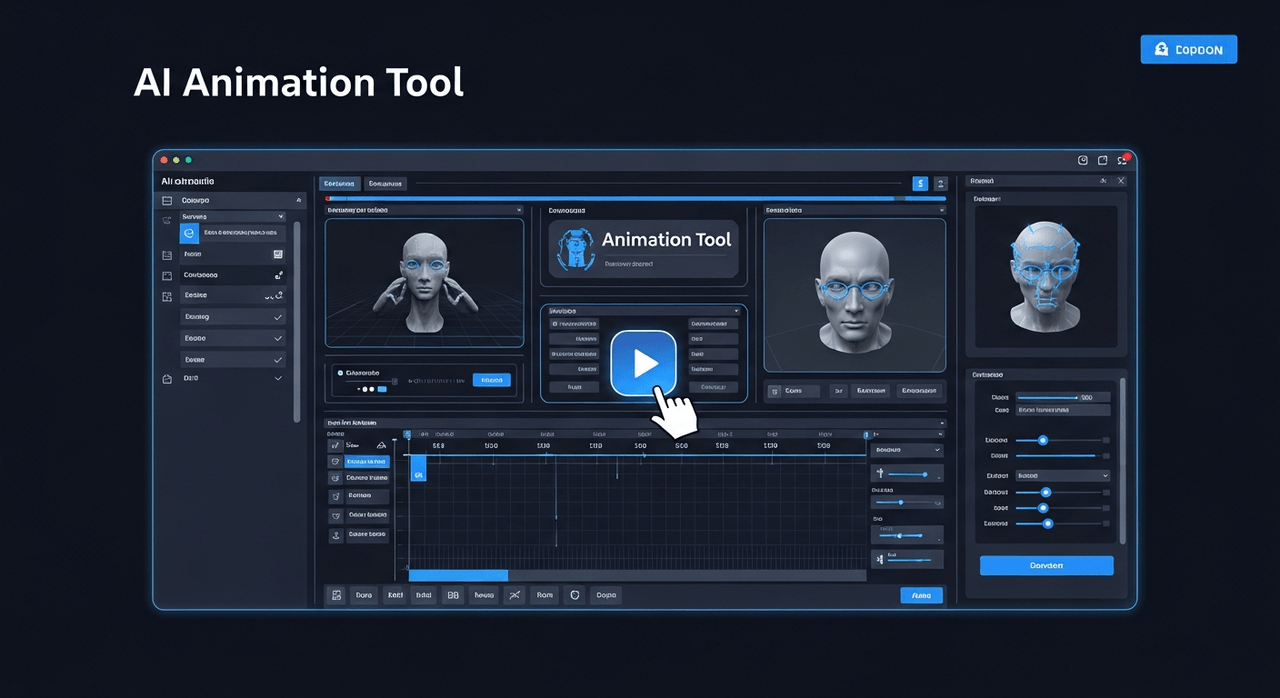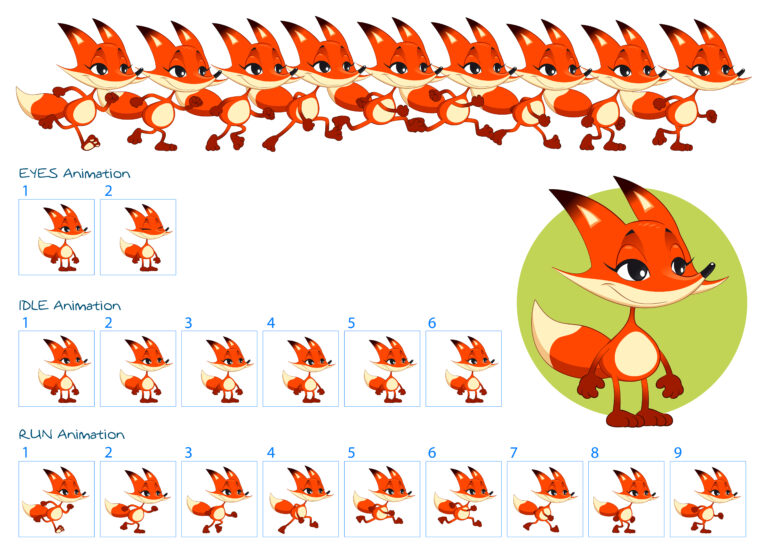Timing in animation refers to the control of the speed and rhythm of movements within a scene. Animation relies on the illusion of motion created by viewing individual frames in rapid succession. Though we perceive movement, each frame is just a static image. The timing of what occurs between those frames is crucial to making the motion seem natural, appealing, and true to life.
This vital timing is one of the 12 basic principles of animation originally developed by early Disney animators in the 1930s. An understanding of timing continues to be essential for animators to bring their illustrated worlds to life.
In this article, we will explore how good timing affects your animations, the techniques used to create reasonable timings, and how professional animators use this technique to expand the borders of animation.

Need Animation Services?
Visit our Animation Service page to see how we can help bring your ideas to life!
I- What is Timing?
As one of the 12 principles of animation, at its core, timing refers to the number of frames or amount of time that elapses between two key poses or actions in an animated sequence. It determines the speed and fluidity of the motion.
Timing is adjusted depending on the overall effect the animator aims to achieve. Precise timing is required to establish proper weight and physics in the animation. It also helps communicate important aspects of a character’s personality and emotional state.
The number of drawings used in any move determines the amount of time that action will take on the screen. If the drawings are simple, clear, and expressive, the story point can be put over quickly, and this was all that concerned the animators during the early period.
Timing in those cartoons was limited mainly to fast moves and slow moves, with accents and thrust calling for special handling. However, the personalities that were developing were defined more by their movements than their appearance and the varying speed of those movements determined whether the character was lethargic, excited, nervous, or relaxed. Neither acting nor attitude could be portrayed without paying very close attention to Timing.
Disney animator Frank Thomas described timing as the “heart beat” of animation. It’s what pulls viewers into the story and makes them connect with the characters on an emotional level. The illusion of life is made believable through timing that matches our intuition and experience with movement in the real world.
The complicated relationships that came with secondary action and overlapping movements called for extensive refinements, but even the most basic moves showed the importance of timing and the constant need for more study. Just two drawings of a head, the first showing it leaning toward the right shoulder and the second with it over on the left and its chin slightly raised, can be made to communicate a multitude of ideas, depending entirely on the timing used, each in-between drawing added between these two extremes give a new meaning to the action.
II- Why is Timing Important?
Proper timing may seem subtle, but it is absolutely essential for the animation to look right. If the timing is off, movements and actions may seem mechanical, rushed, sluggish, floaty, or just unrealistic. The emotional expressiveness and personality of the characters will not shine through either.
Good timing helps establish important aspects like weight, physics, mood, emotion, and reaction. It ensures movements have the proper impact. For example, an action happening too quickly may lose the sense of weight and gravity. An action happening too slowly seems labored. Well-timed movements will have an appealing flow and fluidity that captures a viewer’s interest.
III- Techniques for Effective Timing
Animators have developed numerous techniques over the decades to help them meticulously fine-tune timing. Some of the main methods include
III-I- Time Charts
A time chart plans out each frame and the action that will occur within it. This allows animators to visualize the timing and make adjustments. Timing charts are written by the animator to indicate the number of drawings that go between the keys. This process can be begun at the thumbnail stage and then refined when you do your keys.
III-II- Exposure Sheets
The exposure sheet, also known as the Xsheet or dope sheet, breaks down each frame of film and indicates what art will be visible. This helps coordinate timing across multiple animated elements. It is used when an animator is planning a scene. The animator enters data in the different columns (layers), the name of the drawings, and their exposure into the Xsheet. The Xsheet allows you to see the animation timing in detail.
III-III- In-Betweens
These are the frames that exist between the key poses. More in-betweens create slower, smoother movements. Fewer make the motion more abrupt. In character animation services, tweening is common. The creation of In-betweens is to help in the tweening process and completion of the animation process. In-between is the process of placing two images as keyframes for the discovery of the one in between. The animators who create in-betweens are known as inbetweeners.
IV- Frame Rates
Increasing the frames per second makes actions faster. Decreasing the rate slows the motion. Animators may drop frames strategically to accentuate certain actions.
Animation principles like slow in and slow out, follow through, overlapping action, and anticipation also help enhance timing. Animators meticulously adjust these techniques until each scene’s timing works in harmony with the personalities, mood, and story.
V- Timing in Action: Iconic Animation Examples
Some of the best examples of expert timing come from early Disney films that established the 12 principles. In Snow White, the seven dwarves each have distinct timing that matches their individual personalities, from Sleepy’s lethargic movements to Dopey’s sudden, erratic actions.
The dance sequence between Baloo and King Louie in The Jungle Book demonstrates the creative use of timing to hit musical beats. During the song “Friend Like Me” in Aladdin, the fast-talking Genie manipulates timing to generate visual pops and accents that punctuate his lyrical wizardry.
In films like Who Framed Roger Rabbit, the contrast between the animated characters’ exaggerated timing and the live-action human characters adds comedic effect. The Incredibles films contain great examples of strong timing in action sequences. Whether it’s Mr. Incredible catching his friend Frozone as he falls from a building or the intense fight against the Underminer, the speed and rhythm of the motions feel heroic and natural.
In 3D animation, Pixar has carried on Disney’s timing traditions. Woody’s frantic running underneath a car in Toy Story exemplifies how altering timing can build tension and suspense. The bouncing desk lamp sequence in Pixar’s short film Luxo Jr. shows timing principles like squash, stretch, anticipation, and exaggeration creating a playful, emotional personality.
VI- The Physics of Timing
While animators focus on creating illusions, physics can also inform their timing choices. Principles of acceleration, deceleration, follow-through, overlapping action, and anticipation make the motion seem more realistic and weighted.
Acceleration is portrayed by decreasing the time between frames. More frames are added as an object builds up speed. This makes the start of a motion seem gradual before it takes off. Deceleration is the opposite, gradually extending the time as something comes to a stop.
Anticipation involves preparing for an action with a wind-up to make the main motion more impactful. Follow-through and overlapping action continue motions after the main action is done to avoid an abrupt, unnatural stop. These physics principles blend into the overall objective of making timing dynamic yet lifelike.
Conclusion
Timing is at the heart of animation. On close inspection, even seemingly simple motions require immense attention to timing details in order to create the illusion of life. Well-executed timing is what invests viewers in the characters and stories. It elicits laughs, tears, excitement, and more.
Though new technologies emerge, the timeless 12 principles of animation remain essential knowledge for animators. Timing, when done right, can be felt on an intuitive, emotional level. Master animators bring that indescribable sense of living energy and spirit to their characters one meticulously timed frame at a time.









